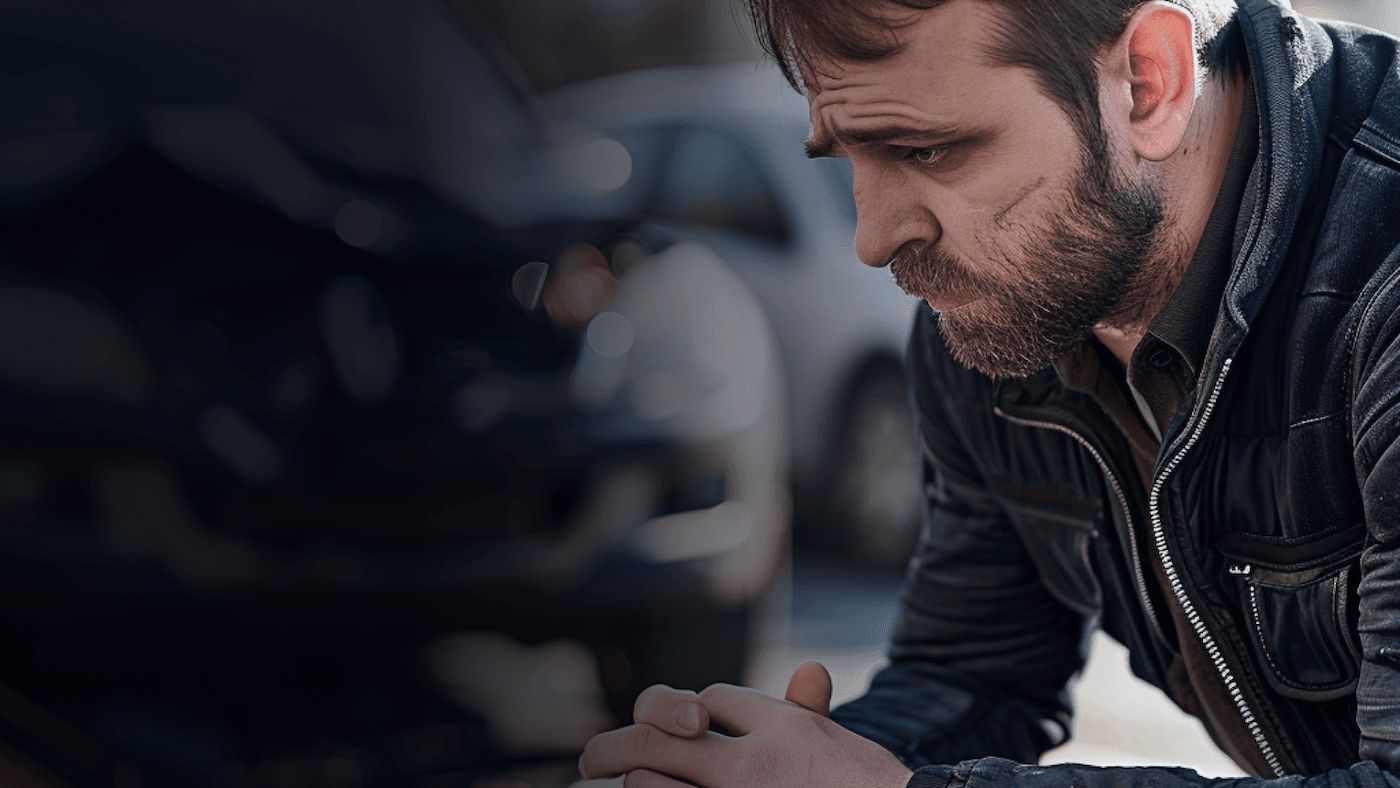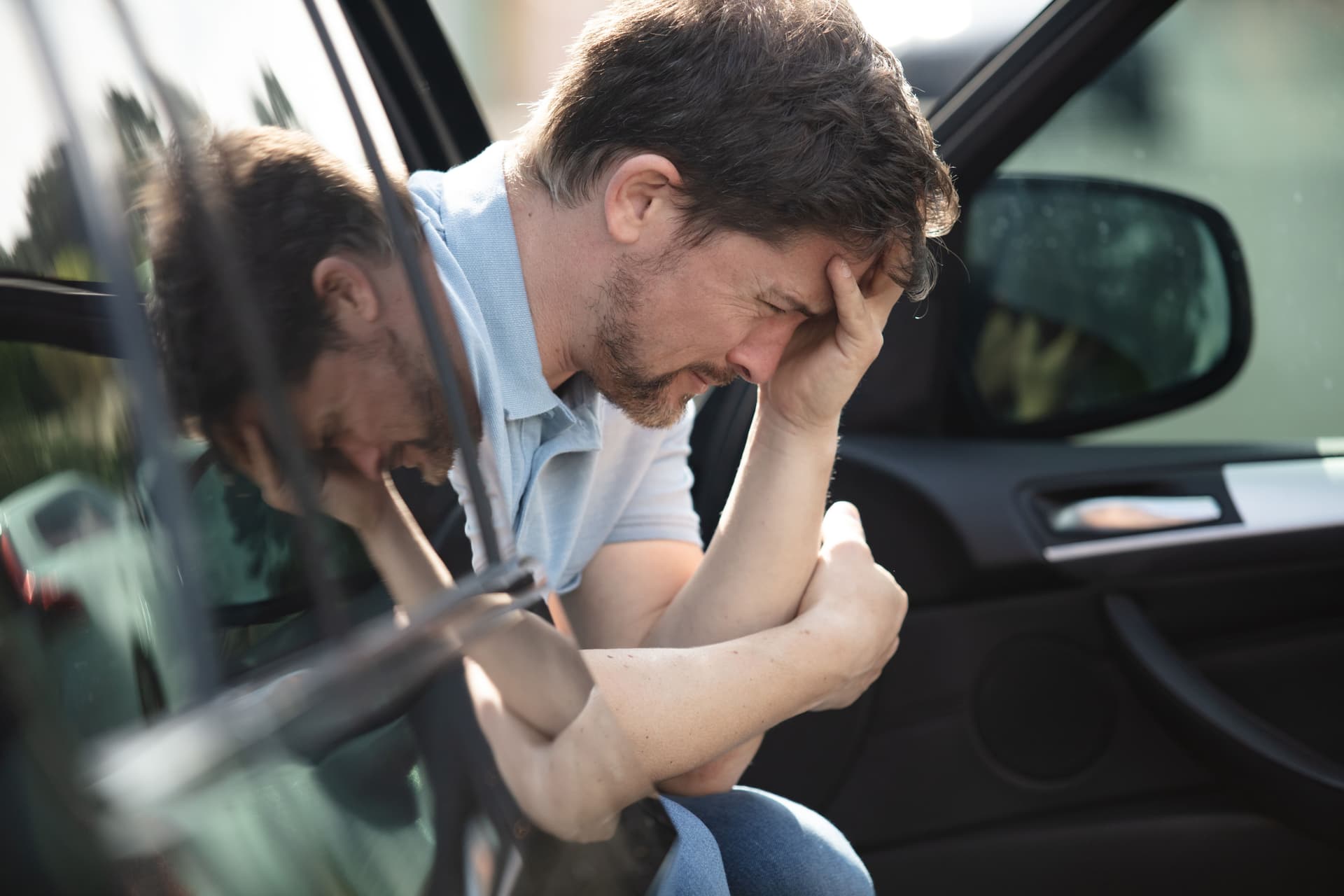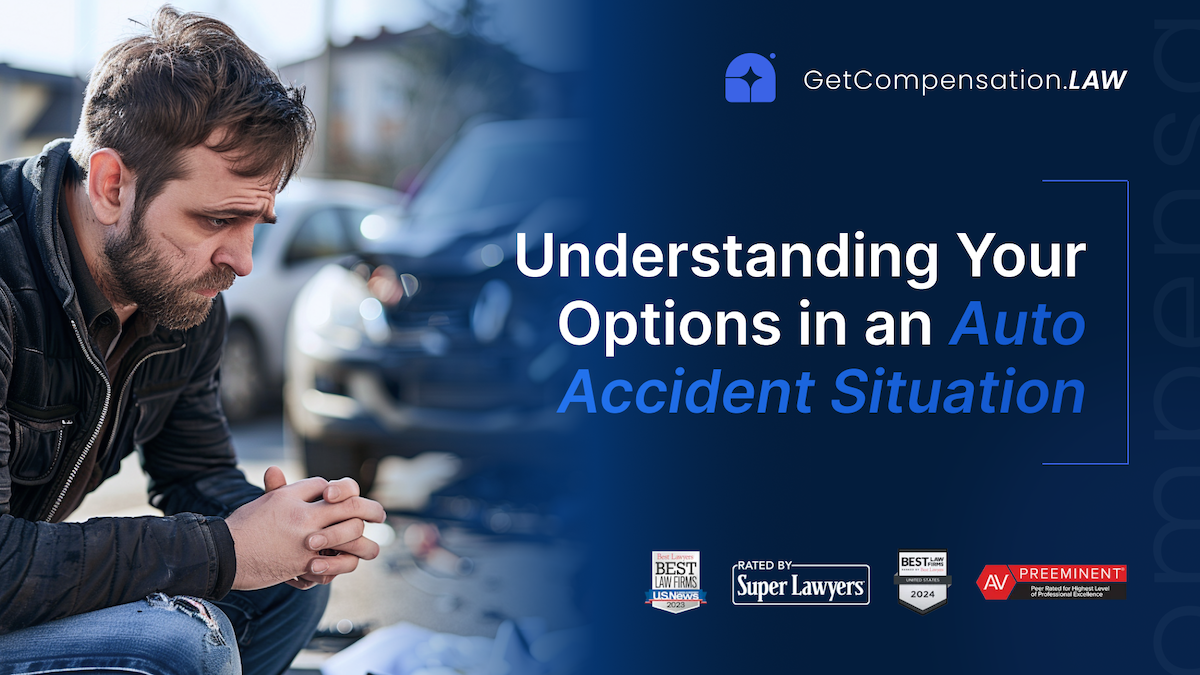
How Fault Is Determined in Multi-Vehicle Collisions: Understanding Liability and Compensation
Learn how fault is determined in multi-vehicle collisions, including chain reactions, pile-ups, and shared liability. Understand comparative negligence, evidence collection, and how victims can still secure car accident compensation even if partially at fault.
Our Network of Attorneys Are Recognized by the Best
Multi-vehicle collisions are some of the most confusing and devastating accidents on the road. Unlike two-car crashes where fault can often be traced to a single mistake, chain-reaction accidents and highway pile-ups can involve dozens of vehicles. That means dozens of drivers, dozens of insurance companies, and countless questions about who is truly responsible.
At GetCompensation.Law, we know how overwhelming these accidents can be. Victims are often left with severe injuries, medical bills, lost wages, and a legal maze that seems impossible to navigate. Understanding how fault is determined is the first step toward protecting your rights and recovering the compensation you deserve.
Why Multi-Vehicle Collisions Are So Complex
When two cars collide, police and insurers typically focus on which driver violated traffic laws. But in accidents involving three, four, or more vehicles, fault becomes a web of interrelated actions.
Common causes include:
- Chain-reaction rear-end collisions: A sudden stop triggers a series of rear-end crashes, especially in heavy traffic.
- Highway pile-ups: Poor weather conditions such as fog, snow, or rain can reduce visibility and traction, leading to dozens of cars crashing within seconds.
- Intersection accidents: A driver who runs a red light can set off a chain of side-impact and rear-end crashes.
- Truck-involved accidents: Large commercial trucks require longer stopping distances, and their involvement often worsens pile-ups.
In these situations, determining who was negligent and to what degree becomes extremely complicated. Was it the driver who caused the first impact? Or the drivers who were following too closely? Or all of the above?
Why Fault Matters So Much
The determination of fault isn’t just about assigning blame—it directly impacts how much compensation victims can receive. Insurance companies carefully analyze fault because their payout obligations depend on it. If they can argue that you were partly responsible, they can reduce what they owe you.
This is why even innocent victims often feel as though insurers are working against them after an accident. They are. Insurance companies exist to protect their bottom line, not to protect your financial recovery. Without legal representation, victims can easily be pressured into accepting far less than what they truly deserve.
Comparative Negligence: Shared Responsibility
In multi-vehicle accidents, courts often apply a principle called comparative negligence. This means multiple drivers can share liability, and damages are adjusted according to each person’s percentage of fault.
For example:
- If you are awarded $100,000 but found to be 20% at fault, you would receive $80,000.
- If you are 50% responsible, you can still recover half of your damages.
- In most states, even being slightly at fault does not prevent you from recovering compensation—it simply reduces the amount.
This principle is crucial in chain-reaction accidents because it acknowledges that while one driver may have caused the initial impact, others may have worsened the situation by speeding, tailgating, or failing to pay attention.
How Fault Is Investigated
Because liability is rarely clear-cut, investigators rely heavily on evidence to piece together what happened. Some of the most important tools include:
- Dashcam footage: Video can show exactly how the accident unfolded and which drivers contributed to the pile-up.
- Accident reconstruction experts: Specialists analyze skid marks, debris patterns, and vehicle damage to recreate the sequence of events.
- Black box data: Commercial trucks and some newer cars contain electronic data recorders that reveal speed, braking, and other factors.
- Witness statements: Independent accounts from bystanders can help confirm or challenge each driver’s version of events.
- Police reports: While not final proof of liability, they create an official record of the crash.
- Medical records: These not only confirm injuries but also establish a timeline, linking physical harm to the crash itself.
The strength of this evidence can make the difference between a fair settlement and a denied claim.
The Hidden Long-Term Consequences of Multi-Vehicle Accidents
Victims often focus on immediate injuries like cuts, bruises, or broken bones. But the reality is that many suffer long-term consequences that are not obvious in the first days or weeks after the crash. Chronic back pain, recurring headaches, nerve damage, or post-traumatic stress disorder (PTSD) can last months or even years.
In some cases, brain injuries from car accidents are overlooked at first because symptoms such as dizziness, memory loss, or mood changes may not appear immediately. These conditions can have life-altering consequences, affecting careers, relationships, and overall quality of life.
This is why seeking immediate medical care and continuing follow-up treatment is so critical. Without proper documentation, insurers may argue that your injuries were unrelated or less severe than claimed.
Common Mistakes Victims Make After Multi-Vehicle Accidents
Unfortunately, many victims unknowingly hurt their own claims by making avoidable errors in the aftermath of a crash. Among the most common mistakes after a car accident are:
- Admitting fault at the scene, even casually.
- Failing to call the police or get an official accident report.
- Not gathering contact information from other drivers and witnesses.
- Skipping medical evaluation because injuries “don’t seem serious.”
- Speaking directly to insurance adjusters without legal advice.
Each of these mistakes gives insurers leverage to reduce or deny compensation. The best course of action is to remain calm, collect as much information as possible, and contact an attorney immediately.

Proving Fault in Multi-Vehicle Crashes
Proving fault requires connecting each driver’s actions to the chain of events. For example:
- If one driver was speeding in heavy fog, their negligence may have made the pile-up worse.
- If another driver was distracted by their phone, their delayed reaction may have caused additional collisions.
- If a truck driver ignored regulations on rest breaks and fell asleep, their fatigue could make them liable for initiating the crash.
The goal is to create a clear timeline supported by evidence showing how negligence directly caused injuries and property damage.
Why Legal Representation Is Essential
With so many drivers and insurers involved, victims quickly find themselves in a maze of claims, counterclaims, and conflicting accounts. Insurance companies often work together to protect their bottom line, not to ensure victims are fairly compensated.
An experienced attorney can:
- Collect, preserve, and analyze all available evidence.
- Work with accident reconstruction experts.
- Negotiate with multiple insurance companies at once.
- Push back against attempts to inflate your share of fault.
- Take your case to trial if insurers refuse a fair settlement.
The reality is that without representation, most victims walk away with far less than what they are entitled to.
Compensation Is Still Possible Even if You Share Fault
One of the biggest misconceptions is that victims who share blame cannot recover damages. The truth is that car accident compensation is still available under comparative negligence laws. Even if you were partially responsible, you can still pursue financial recovery for:
- Medical bills and future care.
- Lost wages and reduced earning capacity.
- Pain and suffering.
- Property damage.
- Emotional trauma such as PTSD.
The key is ensuring your percentage of fault is minimized through strong evidence and skilled legal advocacy.
Conclusion
Multi-vehicle accidents create chaos on the road and in victims’ lives. Chain reactions, pile-ups, and shared liability make these cases uniquely challenging, but they also highlight why skilled legal guidance is so important.
By understanding comparative negligence, avoiding common mistakes, and building a case backed by strong evidence, victims can hold negligent drivers accountable and recover compensation—even if they are partially at fault.
At GetCompensation.Law, we are committed to guiding victims through these complex cases, fighting insurance companies, and ensuring that your recovery is as full and fair as possible.




